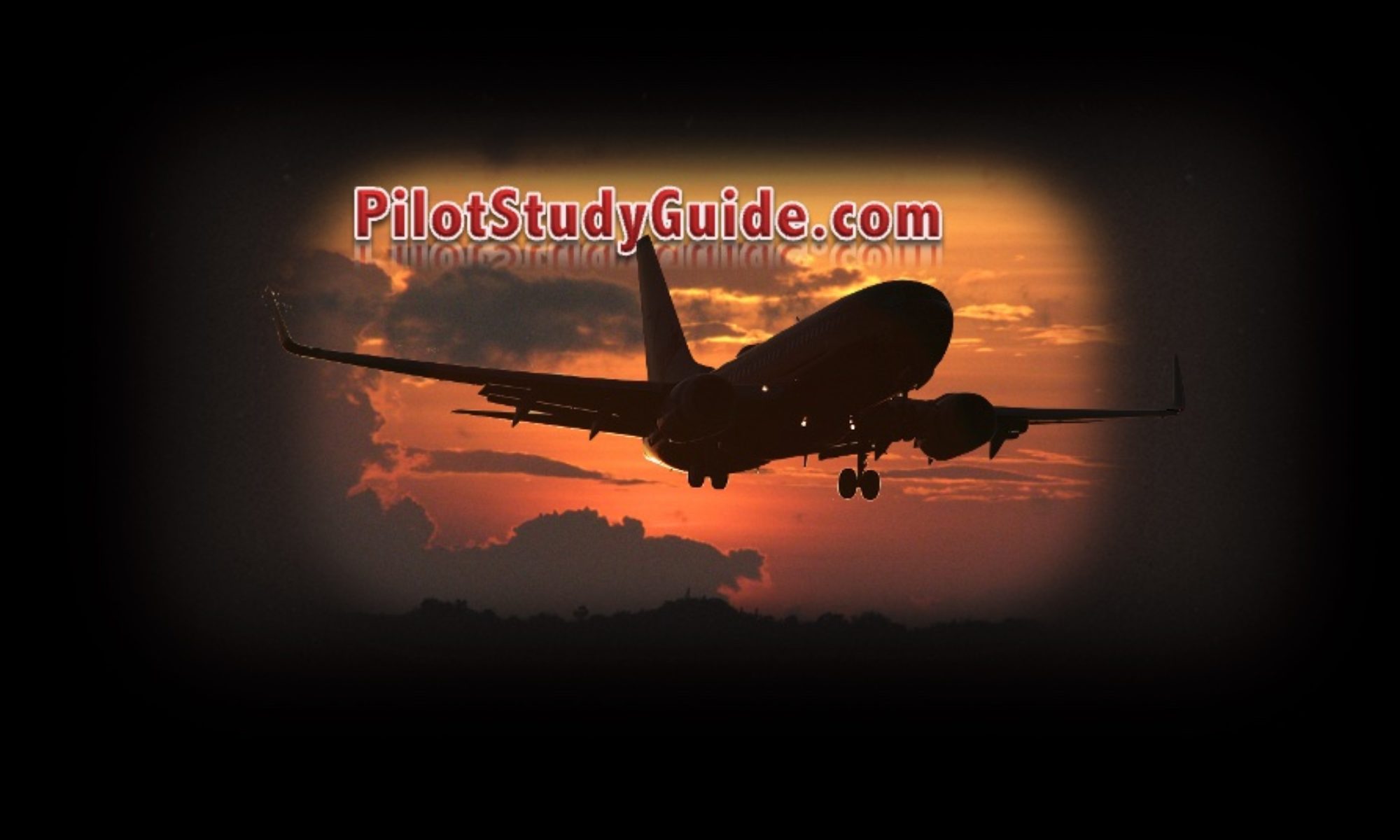There has been a lot in the news about the 737-MAX and safety issues. Full disclosure: I have a type rating on the 737-800 but the MAX came out after I switched to another fleet, so I have not flown it. I have followed safety bulletins and updates, however.
The big deal with the MAX is not the screens, it is the fact that the CG changed when the larger engines were mounted farther forward under the wings. This resulted in the MAX airplane having slightly different handling capabilities in high angle of attack situations never encountered in normal operations. It is in this area not normally encountered that the airplane handles with less stability than older 737 models, according to this description: Boeing’s automatic trim for the 737 MAX was not disclosed to the Pilot.
A very positive view of the safety and reliability was expressed by commenter and longtime airline Captain Chris Manno at his web site. (A 737 Pilot’s Thoughts on the Boeing Aircraft).
Should Boeing have informed companies about the feature? Yes, and they did. Should companies have informed their pilots? Probably, even though the system is transparent in nearly all operations. It is the “nearly all” part that is in question. How many other systems are built into airplanes that pilots are neither informed about nor required to know? Probably more than we would expect, because decisions have to be made about how detailed to get in training and operations. Do pilots want another thousand pages of operating manual detail, if that is what would be required to handle all possible features? How much detail is enough, and when would a greater focus on comparatively inconsequential systems distract from the bigger threats and more regularly encountered malfunction training? These are not trivial questions. If a large number of malfunctions can be rectified and the flight flown to a safe landing with a single procedure, perhaps that really is sufficient.
That said, the procedures to cut out the manual trim when abnormalities occur are clear and should be observed. There is also a preliminary lesson (pending outcome of safety reports) to be learned. Pilots need to hand-fly airplanes on a regular basis so that they can manually keep them within the normal flight envelope and well away from the high angle of attack situations that are dangerous in a -800, a MAX or a Piper Cub — if you don’t practice in high angle of attack flight conditions. There is no reason for a modern transport category airplane to be flown in real life (as opposed to simulation) in the high angle regime where the MCAS, or Maneuvering Characteristics Automation System would have been triggered.
Early indications seem to suggest an angle of attack indication malfunction may have been involved, which certainly would have made the situation more challenging. That said, early intervention and hand-flying when situations call for that should be routine, well-practiced and second nature. Make yourself do it. You owe it to yourself, your company and your passengers.
Study well, prepare, practice manual flight ops and be safe!


